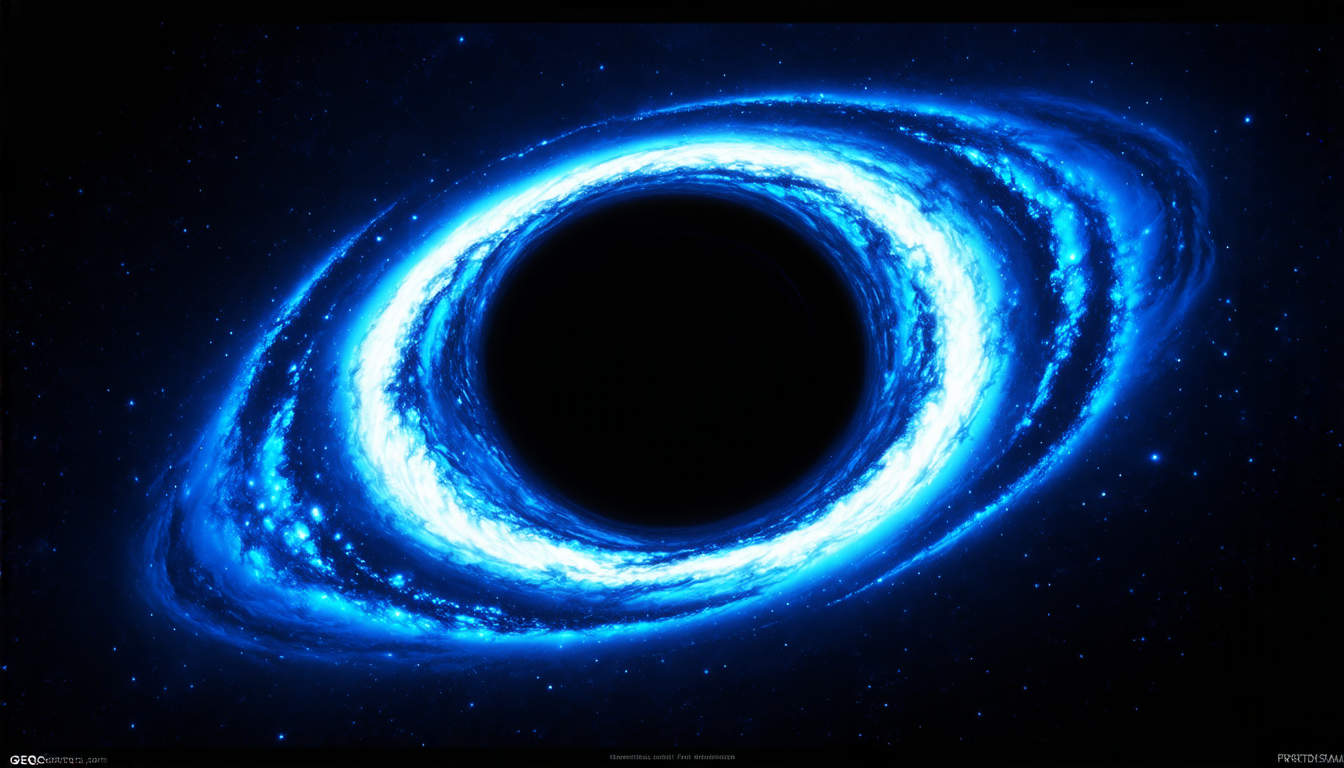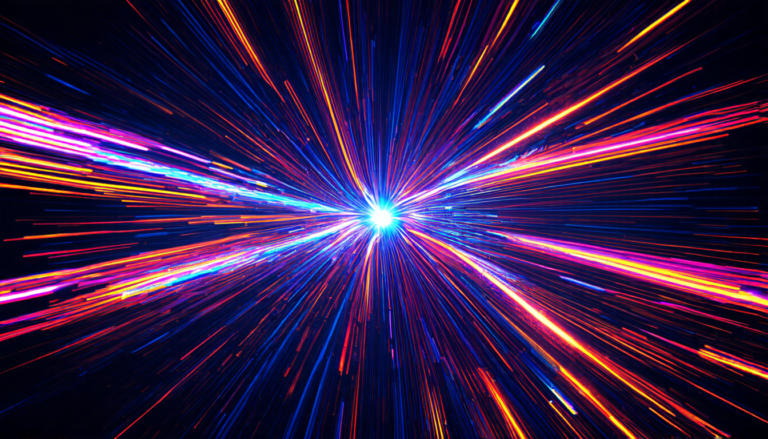Sunday 14 September 2025
Scientists have made a major breakthrough in understanding the behavior of supermassive black holes at the centers of galaxies, like our own Milky Way. These behemoths are so massive that they warp the fabric of space and time around them, creating intense gravitational forces that affect everything nearby.
Researchers used observations from the Event Horizon Telescope (EHT) to study the black hole at the center of galaxy M87. The EHT is a network of telescopes that work together to form a virtual Earth-sized telescope, allowing scientists to get an unprecedented look at these cosmic monsters.
The team discovered that the magnetic fields around the black hole play a crucial role in shaping its behavior. Magnetic fields are like invisible forces that can affect the movement and rotation of charged particles, like electrons. In this case, they found that the magnetic fields help determine how matter behaves as it spirals towards the event horizon, the point of no return around a black hole.
The researchers also found that the spin of the black hole itself is closely tied to its accretion rate, or how quickly it eats up surrounding material. This means that by studying the behavior of the magnetic fields and the spin of the black hole, scientists can learn more about how these supermassive monsters feed on their surroundings.
One of the most fascinating aspects of this research is the way it helps us understand the role of black holes in shaping the evolution of galaxies. Supermassive black holes are thought to have formed around 10 billion years ago, when the universe was still young and chaotic. Since then, they’ve played a key role in regulating the growth and development of galaxies like our own.
The study also sheds light on the complex interplay between matter and energy around these black holes. As matter spirals towards the event horizon, it becomes incredibly hot and dense, releasing massive amounts of energy in the form of radiation and particles. This energy can then heat up and ionize surrounding gas, creating a bright halo of light that we can observe from great distances.
This research has significant implications for our understanding of the universe on large scales. By studying supermassive black holes like those at the center of M87, scientists hope to gain insights into the formation and evolution of galaxies, as well as the role they play in shaping the cosmos over billions of years.
In the coming months and years, researchers will continue to study these cosmic behemoths using powerful telescopes and advanced computer simulations.
Cite this article: “Unlocking the Secrets of Supermassive Black Holes at Galaxy Centers”, The Science Archive, 2025.
Supermassive Black Holes, Galaxies, Event Horizon Telescope, Magnetic Fields, Accretion Rate, Spin, Event Horizon, Cosmology, Galaxy Evolution, Astrophysics.







